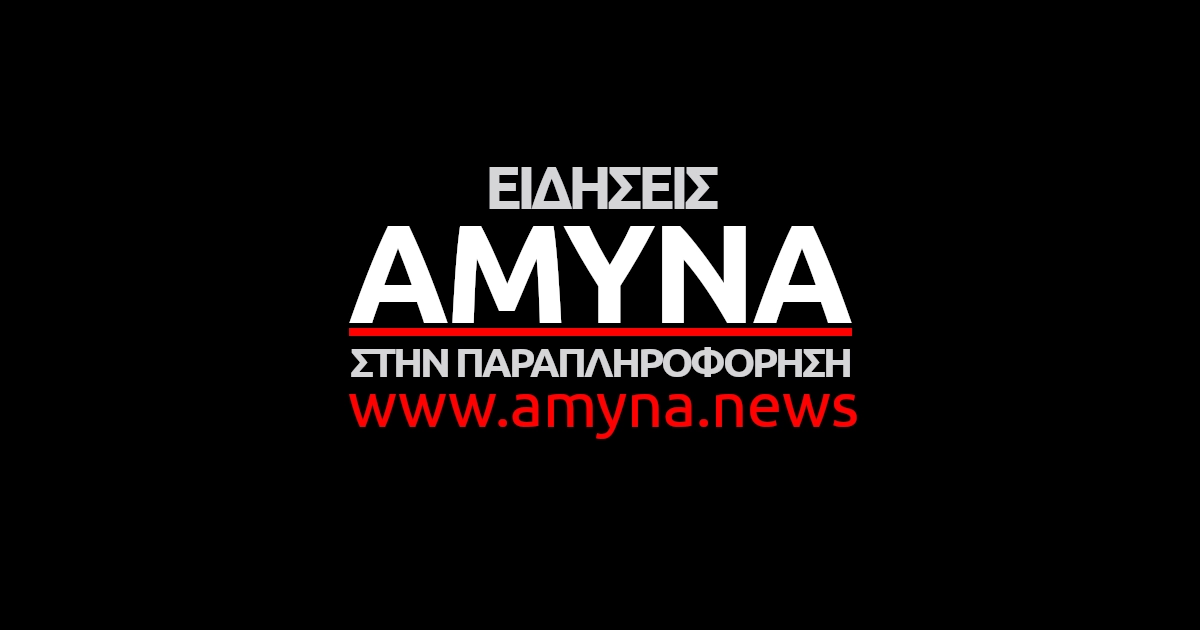Holy Mount Athos: Geopolitical Significance, Internal Challenges, and New Tourism Regulations
Mount Athos in Greece, is not only a place of profound religious, spiritual, and cultural significance but also a key player in the geopolitical landscape of the Eastern Mediterranean.
This monastic community, one of the most important centers of Orthodox Christianity, has become a focal point for international influence, with foreign actors seeking to exert control over its operations.
Russia’s Expanding Influence on Mount Athos
In recent years, there has been an increasing effort by Russia to extend its influence over Mount Athos. Greek authorities have recognized these attempts and are actively working to monitor and regulate the situation.
“There is an attempt by the Russian factor to influence the operation of Mount Athos” said the Political Governor of Mount Athos, Retired Chief of Greek Army General Staff and former National Defense Minister, Alkiviadis Stefanis, on SKAI’s Prime Time show and journalist Christos Nikolaidis. “This is something that has been realized and is something that is currently being controlled” he added.
Stefanis pointed out that the unstable geopolitical environment that extends from Russia, Ukraine, Turkey, Syria, the Middle East, Yemen, creates an arc of incredible instability and the Greek authorities must not allow this uncertainty and instability to enter Mount Athos and bring the monks or visitors into a geopolitical competition or influence or power.
RELATED COVERAGE
USAID in Cyprus: Greek MEPs requesting information about funds and Annan Plan
The Issue of Esphigmenou Monastery
Another major challenge facing the political administration of Mount Athos is the ongoing dispute surrounding Sacred Patriarchal and Stauropegic Monastery Esphigmenou.
The monastery’s monks refuse to acknowledge the authority of the Ecumenical Patriarchate and have been labeled as occupiers. This long-standing conflict has led to tensions within the monastic community. Authorities emphasize the need for peace and dialogue, as extremism and internal disputes threaten the spiritual harmony of the Holy Mountain.
New Measures to Control Over-Tourism at Holy Mount Athos
Over-tourism is another pressing concern. As of January 1, 2025, new regulations have been implemented to manage the number of visitors to Mount Athos. Every year, approximately 200,000 pilgrims and tourists visit the monastic republic, with the majority being Greek Orthodox believers, alongside visitors from over 104 countries.
To preserve the monastic way of life, the Holy Community has set limits on visitor numbers per monastery. Larger monasteries can now accommodate up to 200 visitors per month, while smaller ones will adjust their numbers based on capacity. These measures aim to strike a balance between preserving the sanctity of the monastic lifestyle and accommodating religious tourism.
Mount Athos remains a beacon of Orthodox spirituality and cultural heritage, but it faces growing geopolitical pressures, internal conflicts, and tourism-related challenges. Ensuring its stability requires careful governance, strategic decision-making, and a commitment to safeguarding its sacred traditions.

